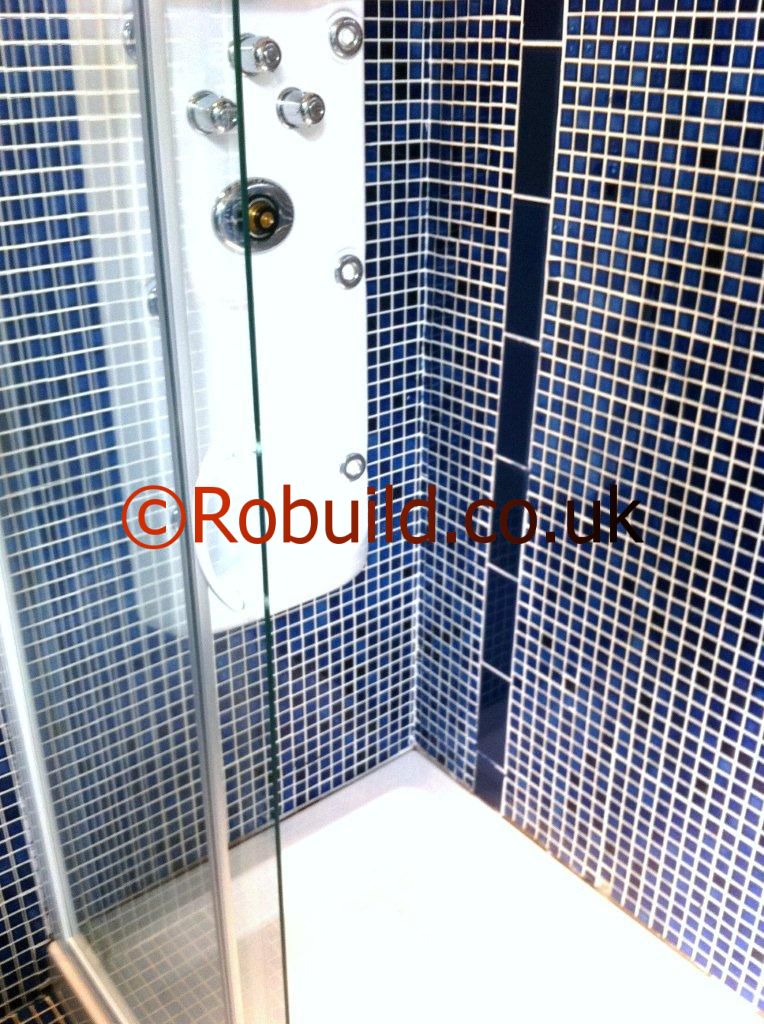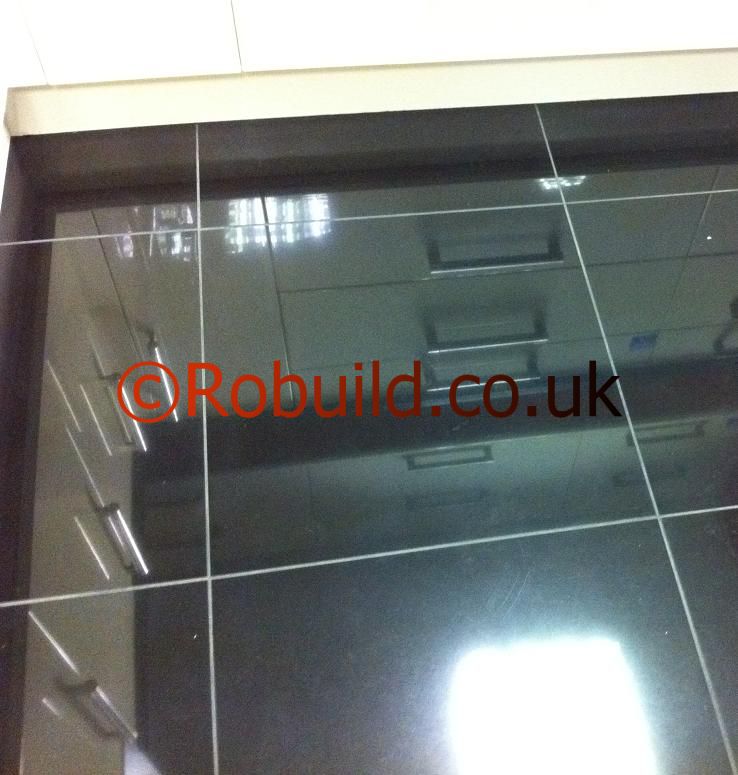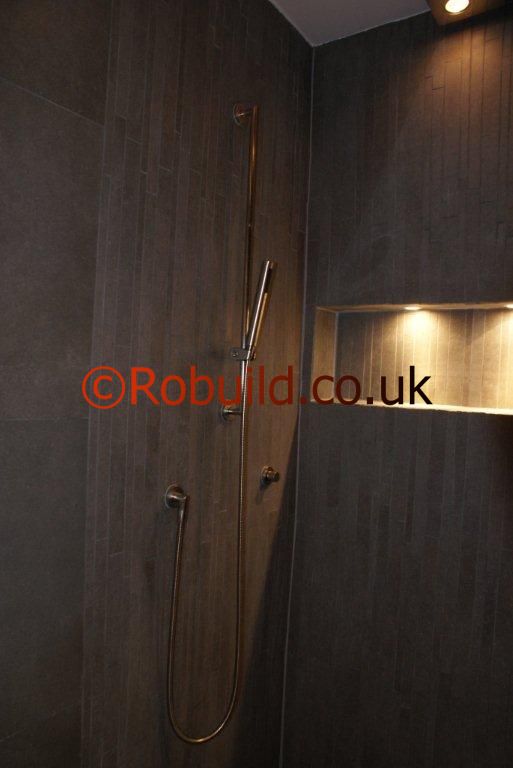Tiles
One of the traditional places in which tiles are used is in the kitchens and bathrooms because they are durable and easy to clean. They also help, because they reflect light, to make the kitchen a bright place in which to work.
Types of tiles
The choice of tiles is wide. Ceramic tiles,Mosaic tiles, terracotta tiles, marble tiles, limestone tiles, granite tiles, stone tiles, glass tiles, glazed tiles,etc

Mosaic tiles in a shower
Limestone tiles in a shower, walk in shower

Granite floor tiles in a kitchen

Marble floor tiles

Stone tiles in a shower

Ceramic wall tiles
Exterior patio tiles

Traditional terracotta and mosaic tiles
Marble & granite tiles in a small London bathroom
Tiles are available in many plain colours, many of which match equipment in a British standard colour (they have a BS identification number). Floor tiles can be obtained to match or complement them. ‘Effects’ tiles-patterned, textured and sculptured are also obtainable in a wide colour range, but may not always be available ‘off the shelf’ and have to be ordered. Tiles used near cookers should be treated by the manufacturer against heat, or be thick.
Calculating the number of tiles
There are three basic types of tile. The first is the ‘bulk’, or ‘field’, tile. These usually have spacer lugs on the outer edges so that they are separated by a gap from each other. These gaps are filled, after tiling, with a compressible material called grout, which gives a neat patterned effect.
To calculate the number of tiles needed, allow three 108mm tiles per row for every 330mm of wall to be tiled, or 72 tiles for every 840 sq mm. Or you could measure the wall and floors , calculate how many square meters needs to be tiled. When you buy tiles for a shop, it should say on the box how many square metres a box will cover.
